When someone hears “Solar WiFi,” they may picture something far-fetched, like a satellite dish beaming the internet down from outer space. However, “solar WiFi” is just a WiFi router powered by solar panels (usually a single one). This setup is great for uninterrupted connections, even without electrical cables (especially for anyone living off-grid).
Solar Wi-Fi is also a great find for anyone with a property that wants backup coverage when the grid goes down. Keep reading to learn more about this technology and why retailers should consider selling it in 2025.
Table of Contents
Why should retailers consider selling solar WiFi?
The basics of a solar WiFi setup
1. Solar panel
2. Battery
3. Charge controller
4. WiFi device
Winning over the eco-conscious and the rural crowd
What to consider when helping consumers size things up
1. Power consumption
2. Battery capacity
3. Solar panel rating
Addressing 3 common concerns
1. “Is it reliable?”
2. “What if it’s cloudy?”
3. “Do I need an actual internet provider?”
Other things worth bundling with solar WiFi systems
What is the future of solar technology?
Final thoughts
Why should retailers consider selling solar WiFi?
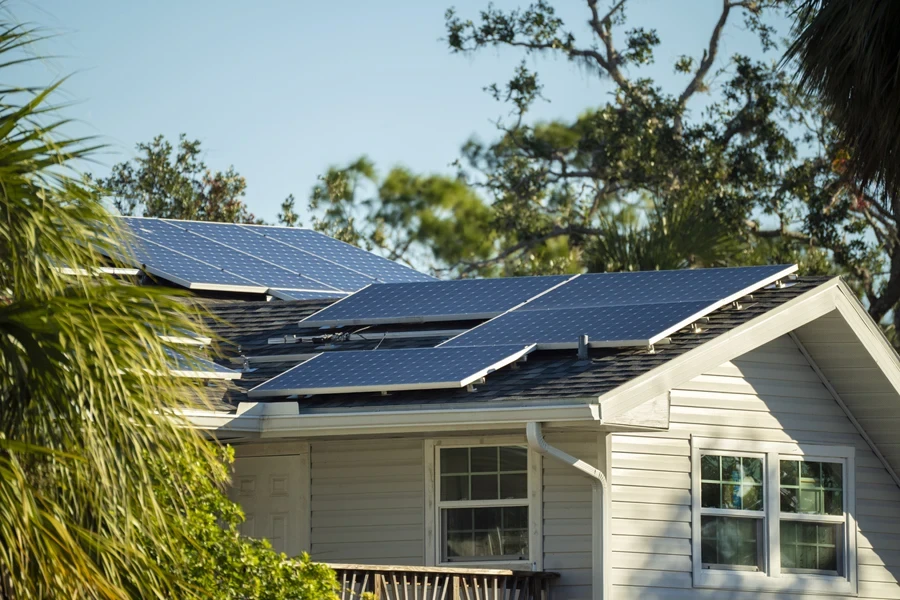
The solar market is already exploding in popularity, so it makes sense that solar WiFi will also ride that train. With more people living off-grid or at least entertaining the idea of partial self-sufficiency, demand for solar power is higher than ever. Just look at the market’s stats: Grand View Research says the global solar energy systems market’s value was US$ 189.5 billion, expected to hit US$ 607.8 billion in 2030 at a 15.7% compound annual growth rate (CAGR).
Even if consumers aren’t fully disconnecting from city life, they might own farmland, a remote workshop, or a patch of land they visit on weekends. And guess what they still want when they’re out there? Internet access, or at least a way to stay connected to cameras or sensors wirelessly. These reasons are why retailers should consider adding solar WiFi to their offers.
The basics of a solar WiFi setup
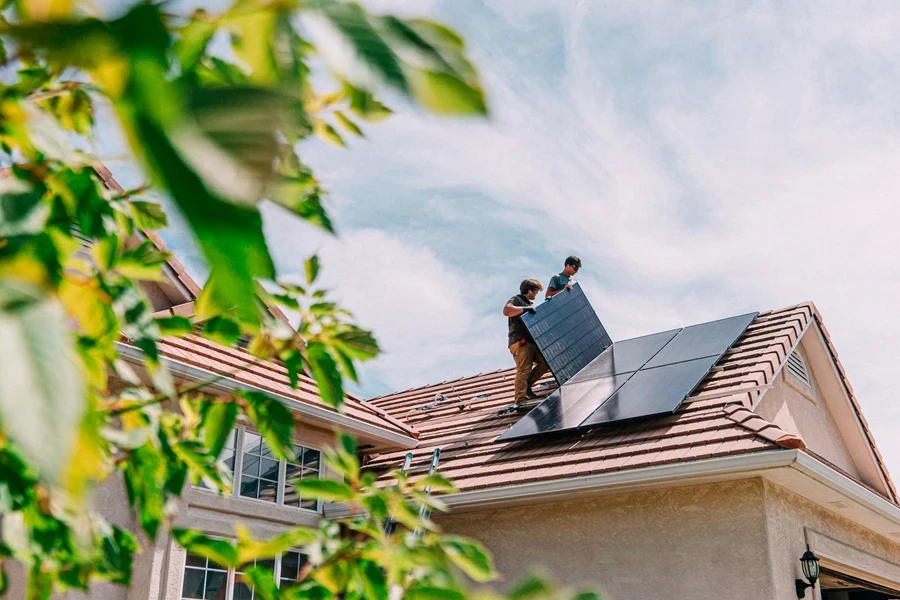
Here’s what consumers need to set up their solar WiFi:
1. Solar panel
Although everyone recognizes this shiny rectangle, panel specs vary, so retailers must consider wattage, efficiency, and durability as crucial. A panel’s watt rating shows how much power it can theoretically produce in direct sunlight. If someone has a small router drawing 5 watts, a 50W panel is usually overkill in a good way (it’ll generate plenty of energy) while ensuring it can handle cloudy days or short winter sunlight hours.
2. Battery
Without a battery, the solar system will go dark at night, so that’s another thing retailers must consider when stocking solar WiFi. Lead-acid batteries (like sealed AGM types) used to be the affordable go-to. But these days, lithium-ion is becoming more accessible thanks to being lighter, more reliable, and often able to handle deeper discharges. Still, people on a strict budget may gravitate toward simpler options.
3. Charge controller
This handy device sits between the solar panel and the battery to prevent overcharging or draining too low. Controllers come in PWM (basic) or MPPT (more advanced) versions. Hence, if customers demand maximum efficiency or live in variable climates, MPPT might be the better recommendation.
4. WiFi device
It could be a router, an extender, or a security camera (or all of them). Some are explicitly labeled “solar,” meaning they come bundled with a small panel, but others just need a DC power source and can be easily tied into a solar battery system.
Winning over the eco-conscious and the rural crowd
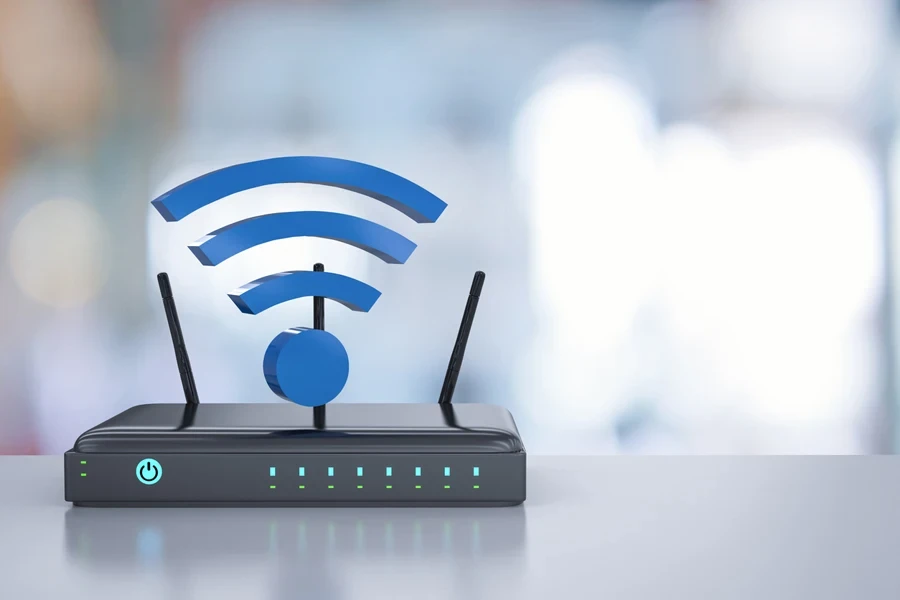
If retailers have read about consumer trends, they’ve probably noticed how “green” initiatives continue gaining momentum. People want solutions that reduce their environmental impact or brand themselves that way. Solar WiFi fits nicely in that narrative.
It doesn’t require hooking into coal-fueled power plants, and it doesn’t lead to higher electric bills. Instead, it harnesses the sun, which is about as renewable as it gets (at least for the next few billion years). Beyond the environmental angle, there’s the simple fact that many rural communities are genuinely underserved.
Some customers may have to rely on shaky electrical grids for a trickle of energy. For them, seeing a self-contained solar WiFi kit is like a breath of fresh air. It means they can get a decent network signal in places they never dreamed possible, without worrying about battery life.
What to consider when helping consumers size things up
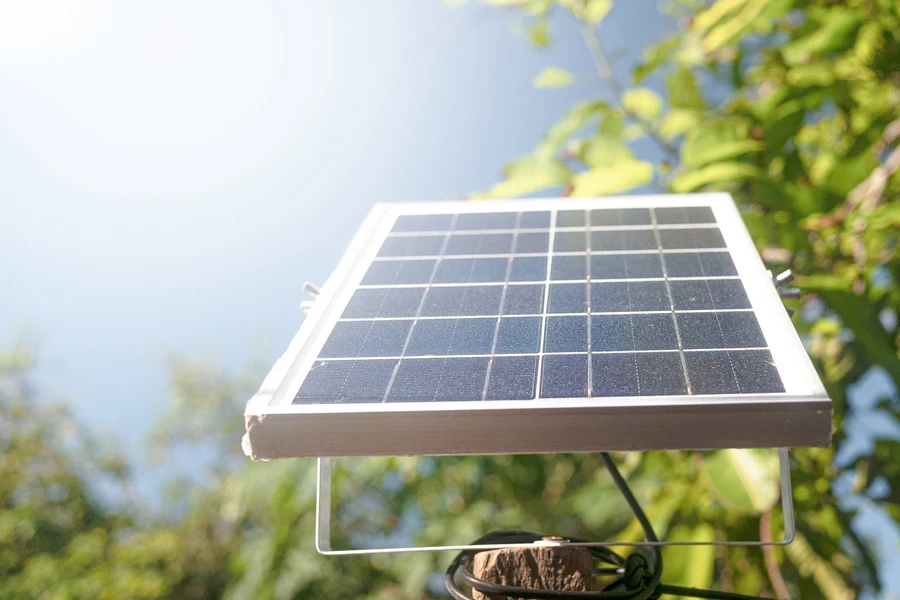
Here’s the straightforward breakdown retailers can follow when assisting consumers to determine their requirements.
1. Power consumption
First, identify how many watts each device draws (e.g., 5W for a camera, 10W for a router). Then, multiply that by how many hours a day it’ll run. That will give consumers the expected watt-hours (Wh). For example, a router that uses 10W continuously for over 24 hours is 240 Wh daily.
2. Battery capacity
If consumers want to use a 12V system, they should divide the total watt-hours by 12 to get amp-hours (Ah). A system needing 240 Wh per day might need a 20Ah battery—though realistically, they should go higher to handle cloudy days (like 40Ah or 60Ah).
3. Solar panel rating
If consumers expect around five good sun hours daily, a 100W panel could produce about 500 Wh daily in optimal conditions. That’s double what they need for the 240 Wh example, giving them a cushion when they don’t get the necessary sun.
Note: Encourage folks to overshoot slightly because real-world efficiency is never perfect. Shade, dust, and weather patterns can reduce that theoretical output.
Addressing 3 common concerns
1. “Is it reliable?”
Yes, if it is sized and installed properly. Panels and batteries have made great strides in recent years, and many setups run without a hitch for years, needing only occasional battery checks or panel cleaning.
2. “What if it’s cloudy?”
A larger battery can supply power during cloudy stretches, and panels produce some energy even in partial sunlight. It should be fine if consumers choose a design for their local climate.
3. “Do I need an actual internet provider?”
Solar Wi-Fi just handles the power aspect. If people want to browse the web or check email, they still need an internet source—cable, DSL, satellite, or 4G/5G. However, local networks (like a camera feed stored on-site) can operate without an ISP.
Other things worth bundling with solar WiFi systems
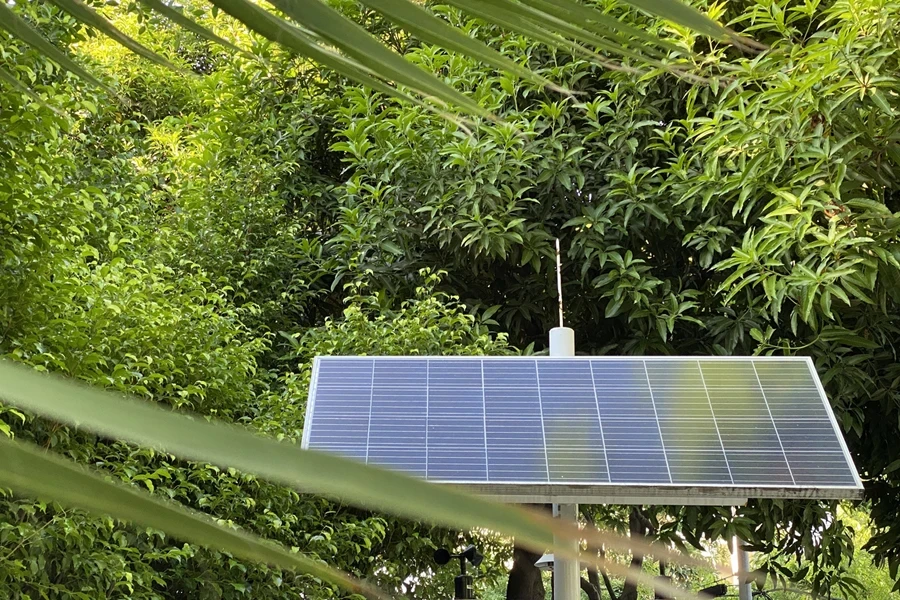
When people say “solar WiFi,” they often think of a router. But there’s so much more variety, especially with extenders/repeaters and cameras:
- Repeaters/extenders: These devices rebroadcast an existing WiFi signal to cover a larger area. Pairing them with a small solar setup is perfect for bridging big gaps on a property without running cables. Many people in rural areas put these in metal barns, greenhouses, or even near a fishing pond.
- Security cameras are one of the hottest subcategories. Think about how many property owners want to monitor remote areas, watch for trespassers, or keep an eye on livestock. With a wireless link to the home’s network, a standalone solar camera can handle all that with minimal fuss. And if there’s no network, some cameras offer cellular connections to keep them online.
What is the future of solar technology?
Solar technology advances every year. Panels are becoming more efficient, batteries are becoming more compact, and prices are steadily dropping. We might soon see integrated solar solutions that bundle everything (panel, battery, and router) into one sleek, weatherproof case. That’s great news for retailers because the simpler these packages become, the more mainstream they’ll become.
Final thoughts
The best sales happen when businesses combine practicality and inspiration. Solar WiFi is practical—connecting remote or underpowered spots to internet connectivity. But there’s also a spark of inspiration: the idea that we can stay connected using nothing but the sun’s rays, with no reliance on the local grid.
It resonates with eco-enthusiasts, farmers, travelers, event planners, and anyone who values independence. Retailers should consider harnessing that excitement and reassuring customers with enough information that they can set up a network anywhere (as long as there’s a signal). Offer them the right products, help them figure out sizing, and show them real-world examples—that way, they can get the solar Wi-Fi that’s perfect for them.



